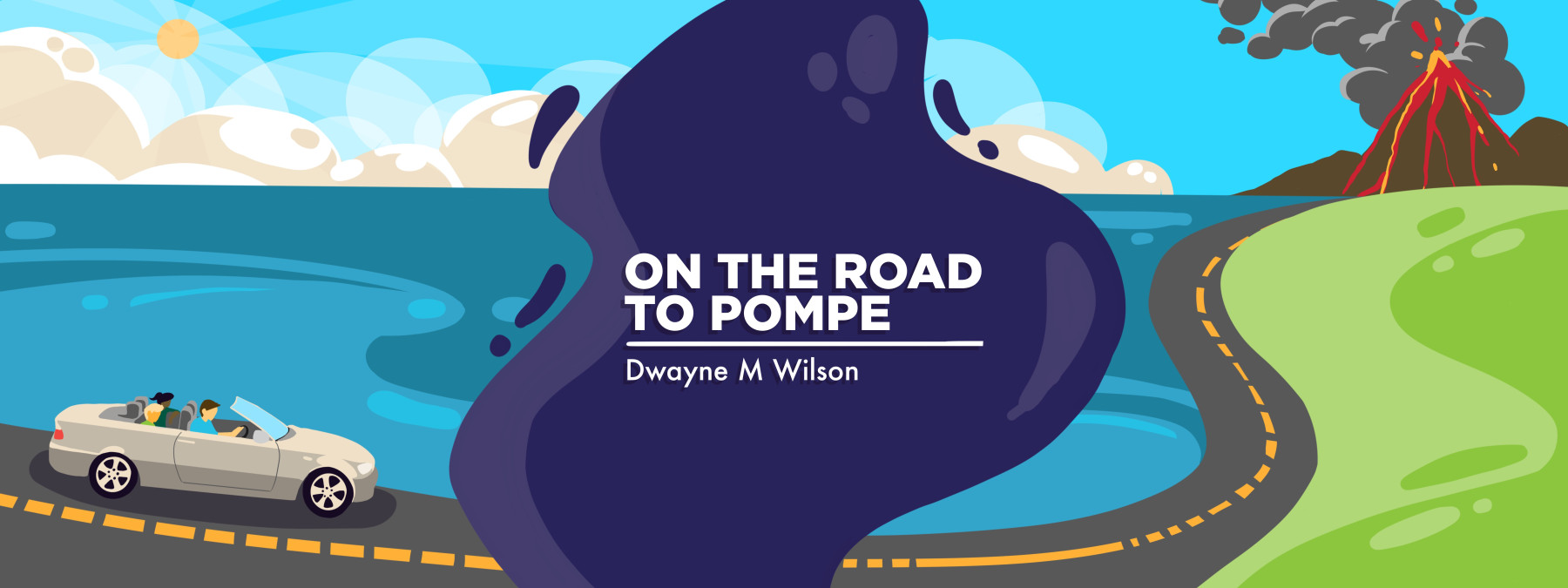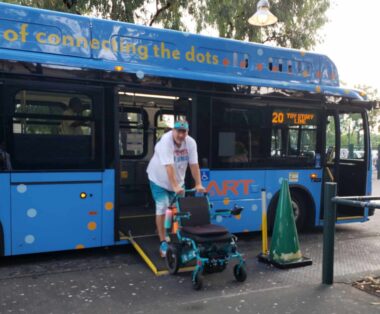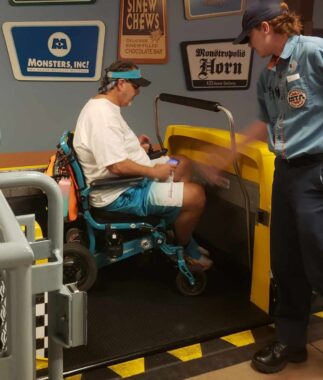Late-onset Pompe disease prompted an interest in accessibility issues
How a diagnosis became an opportunity to find mobility solutions
Written by |

Before I was diagnosed with Pompe disease, I had never previously thought about accessibility. I had never pondered what accessibility means, why it is important, or what I would do if I ever had to deal with it in my lifetime.
Then the year 2018 hit me like a brick and knocked some sense into me. I started having issues climbing stairs. My legs grew weaker and weaker. I couldn’t get up from the floor or stand up from a seated position without using my arms.
Months later, doctors told me I had late-onset Pompe disease. A few weeks after that, I started enzyme replacement therapy and moved into a ground-floor apartment. Suddenly, the idea of accessibility leaped to the forefront of my everyday life. Fast forward to today, and accessibility remains a focal point of my thoughts anytime I go somewhere.
Throughout my journey with Pompe disease, I’ve relied on what I call “hybrid mobility” as a mode of transportation. This entails walking when my muscles feel good enough, using a hiking stick for longer activities, and taking my electric wheelchair (nicknamed “The Dolphinator”) on all-day outings.

Columnist Dwayne Wilson pushes his electric wheelchair down the ramp of a public bus in California. (Photo by Jean Gibson)
Over the recent July 4 holiday, our family went to Disney California Adventure Park, something that requires additional planning. Muscle fatigue is common with Pompe disease, so visiting an amusement park for most of the day wears my body down. I can no longer stand in long lines. My legs begin to feel like Jell-O, and my back becomes incredibly stiff and achy. Finding the nearest restroom throughout the day is an arduous task.
When I finally made the decision to use an electric wheelchair, it opened the door to more freedom for me. It allowed me to participate in activities I thought I’d never be able to do again. I became more independent and was full of energy and excitement. My wife, Jean, is happy that I can keep up with her, and she enjoys resting her arm on my shoulder.

Dwayne Wilson and his wife, Jean Gibson, enjoy a Labor Day trip to Disney California Adventure Park. (Courtesy of Dwayne Wilson)
New adventures
I began a new phase of my life in which I decided to focus on all things involving accessibility. Today, I love using my Fold&Go electric wheelchair. It can be used as a manual wheelchair, and I can also be pushed in it or use it as a walker.
Having the wheelchair allows my family the convenience of using it like a pack mule. I can attach a cooler to the back that holds plenty of water bottles and healthy snacks. There are hooks to carry backpacks or purses. It gives me the freedom to go everywhere and lessens the burden for family members who no longer have to worry about me.
Our family returned to Disney California Adventure Park on Labor Day. During this visit, I paid close attention to the amusement park’s accessibility features. The lines for many of the rides were wide enough to maneuver my electric wheelchair. On a new ride I tested, called “Monsters, Inc.,” I was allowed to stay in my wheelchair and roll onto one of the cars. A lap bar was lowered onto the top of my legs, and away we went.

Dwayne Wilson maneuvers his electric wheelchair onto the “Monsters, Inc.” ride at Disney California Adventure Park. (Photo by Jean Gibson)
Accessibility has a whole new meaning for me. Today, I enjoy seeking new activities and testing their accessibility. It’s yet another leg of my journey “On the Road to Pompe.”
Note: Pompe Disease News is strictly a news and information website about the disease. It does not provide medical advice, diagnosis, or treatment. This content is not intended to be a substitute for professional medical advice, diagnosis, or treatment. Always seek the advice of your physician or other qualified health provider with any questions you may have regarding a medical condition. Never disregard professional medical advice or delay in seeking it because of something you have read on this website. The opinions expressed in this column are not those of Pompe Disease News or its parent company, Bionews, and are intended to spark discussion about issues pertaining to Pompe disease.







Lynne Sharman
Really enjoyed reading Dwayne’s blog on accessibility. Have myself been thinking about getting a mobility scooter but maybe an electric wheelchair is the answer. It’s been a pride thing that’s held me back from buying one as in my head I think that if you don’t keep your legs exercised they will deteriorate far more quickly, but I’m missing out on so much.
I was told in my fifties that I had the disease but at the time no infusion was available, that as an adult the symptoms would progress slowly and I may need a wheelchair in later life. I worked at an airport as ground staff and struggled on with silly comments colleagues made who had no idea what Pompe disease was. Like using stairs or getting quickly to a gate to meet or board a flight. I’m now retired and have been on infusions for five years my next step get that wheelchair. Thank you Dwayne.